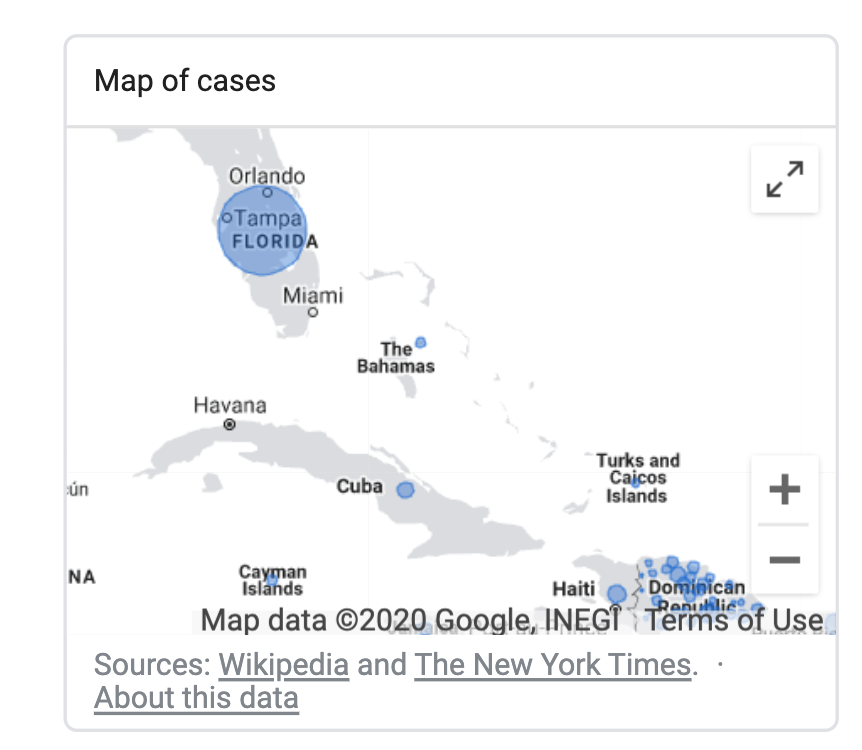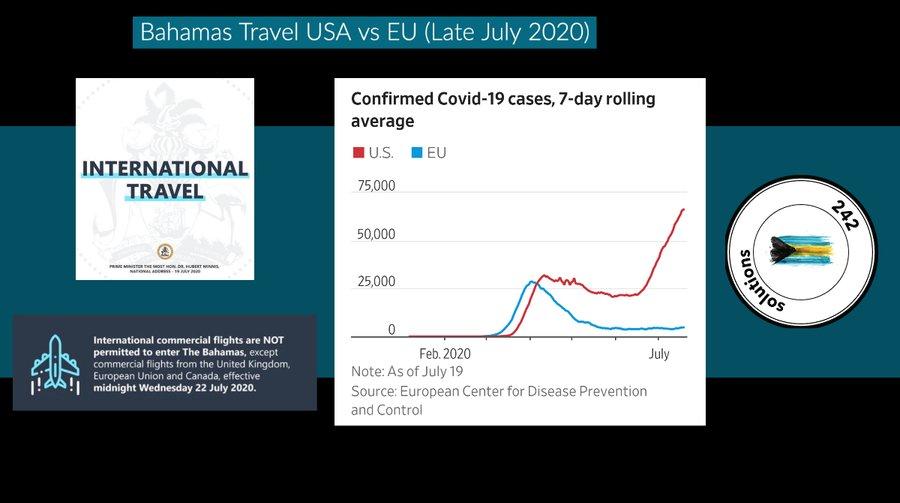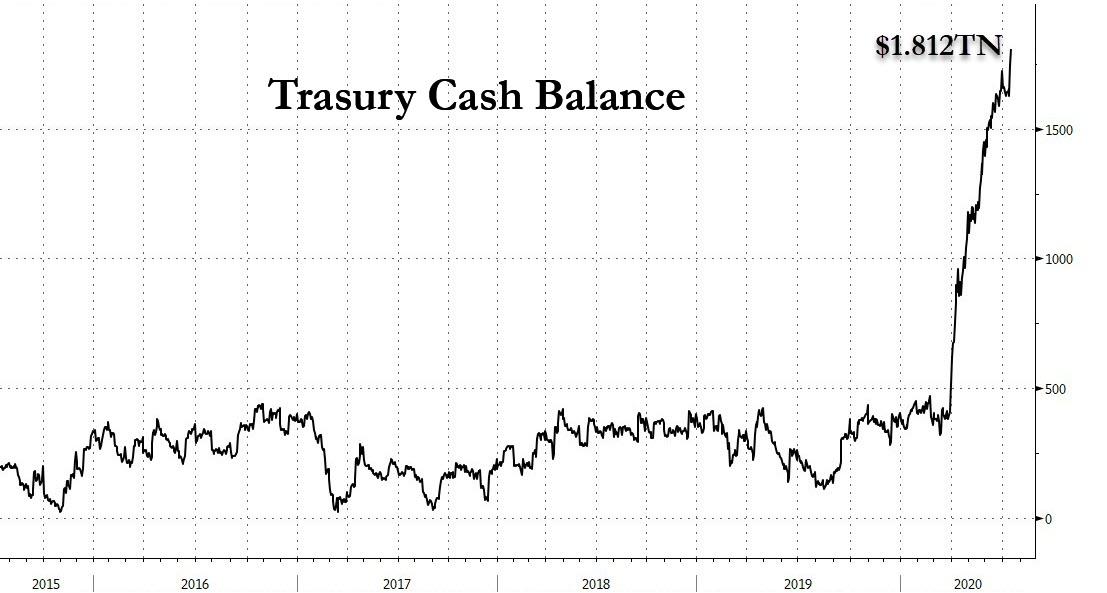Police departments, fire departments, and school districts across the country pay thousands of public employees full-time salaries to do no work for the public. Instead, they work solely on behalf of the employees’ unions. This practice, called “release time,” means taxpayers must pay the salaries of officers who lobby against police reforms, such as eliminating qualified immunity and requiring cops to wear body cameras. When Houston Police Officers’ Union chief Joe Gamaldi tells lawmakers not to change qualified immunity, he’s doing so on “MBA Union Business Leave” time—funded by tax dollars.
Phoenix taxpayers pay about $3.7 million annually for officers whose only job is to work for the police union—lobbying, recruiting members, or representing employees in disputes with city officials—instead of patrolling the streets. This amounts to about 73,000 person-hours that could be spent on anything from fighting crime to de-escalation training.
Release time provisions are embedded in collective bargaining agreements. Sometimes these expressly say that “released” employees won’t be assigned public duties but will instead work for the union itself. The Jersey City Education Association, for example, specified in its contract with the school district that the union’s president and vice president would receive government paychecks but “shall be permitted to devote all of [their] time to the [union’s] business and affairs.” They weren’t required to report to anyone, or specify how they spent their time, and school district officials were not allowed to assign them work. Instead, they spent all their working hours on union activities, including filing grievances, circulating literature, and attending “gatherings” on the union’s behalf.
Many cities and unions refuse to disclose how much time and money is involved, so it’s impossible to say for certain how much it costs. But Mallory Factor, a professor of international politics and American government at the Citadel, has estimated that release time costs the nation’s taxpayers $1 billion each year. That’s almost certainly an underestimate, since release time exists across agencies and entities and is largely under the radar. But in Jacksonville, Florida, for example, the Fraternal Order of Police (FOP) is entitled to 2,500 hours to be spent “by any member of the F.O.P. for F.O.P. activities” instead of police work. In Tampa, more than a quarter of a million taxpayer dollars a year fund some 10,000 hours of “release time” for public-sector union bosses. In Austin, police, fire, and emergency medical services unions all obtained agreements that pay union officials to lobby for more benefits—a perpetual motion machine whereby taxpayers pay people to demand more taxpayer money.
Release time’s defenders say it benefits taxpayers by helping resolve employment disputes and ensuring a more orderly work environment, but the facts don’t bear that out. When the Goldwater Institute sued the Jersey City School District, for example, the union admitted there were no rules in place to ensure that officials actually performed such tasks. On the contrary, since “released” union officials negotiate against the government for pay and benefits, “release” is actually adverse to the public purse. And if “labor peace” is the objective, it doesn’t seem to work. In 2016, Jersey City teachers, led by “released” union officers, went on strike after their negotiations with the district failed. As the state’s Commission of Investigation found, “union representatives, first and foremost, are in the business of promoting the interests of private entities and their dues-paying members, not those of the taxpayers.”
The costs aren’t just financial—they’re social, too. Public sector unions occupy an anomalous position in a democracy: intermediaries between the people and their government. This gives them a unique monopoly, since taxpayers can’t shop elsewhere.
Because public employees are paid by tax money, those demands are not limited by the forces that restrain private sector unions. The United Auto Workers must always remember that if they insist on too much, General Motors or Ford will go bankrupt and everybody will lose their jobs. That’s not true in the public sector, where the concessions unions obtain are limited only by the voters’ tolerance—and often not even that, since constitutional rules limit the government’s ability to undo contracts made in the past. Recent pension reform cases show that if voters balk at wasteful spending, they often have no effective way to repeal a bad bargain.
Release time is also used to provide defenses for officers facing disciplinary charges. If a cop shoots an innocent citizen, he or she can’t be fired without a hearing—and at that hearing, the officer is entitled to representation funded by citizens. The same goes for other government employees, including teachers or principals who violate students’ rights. Victims of official wrongdoing surely take little comfort in the fact that they are paying to protect the jobs of the people who abused them. And I doubt it gratifies other cops or teachers when they get lumped in with the wrongdoers in the inevitable public backlash.
Favors like release time create a distinct, privileged class of Americans. They’re neither publicly accountable government agents nor private citizens, but a specially favored cadre, paid by often-dissatisfied “customers” and overseen by “employers” who have little effective power to fire or discipline them. That is extraordinarily dangerous, because it removes public employees’ responsibility without diminishing their authority. It’s no wonder many citizens view public employees—especially police officers—not as fellow citizens, let alone as their agents, but as occupiers and adversaries.

from Latest – Reason.com https://ift.tt/32S1ftp
via IFTTT












